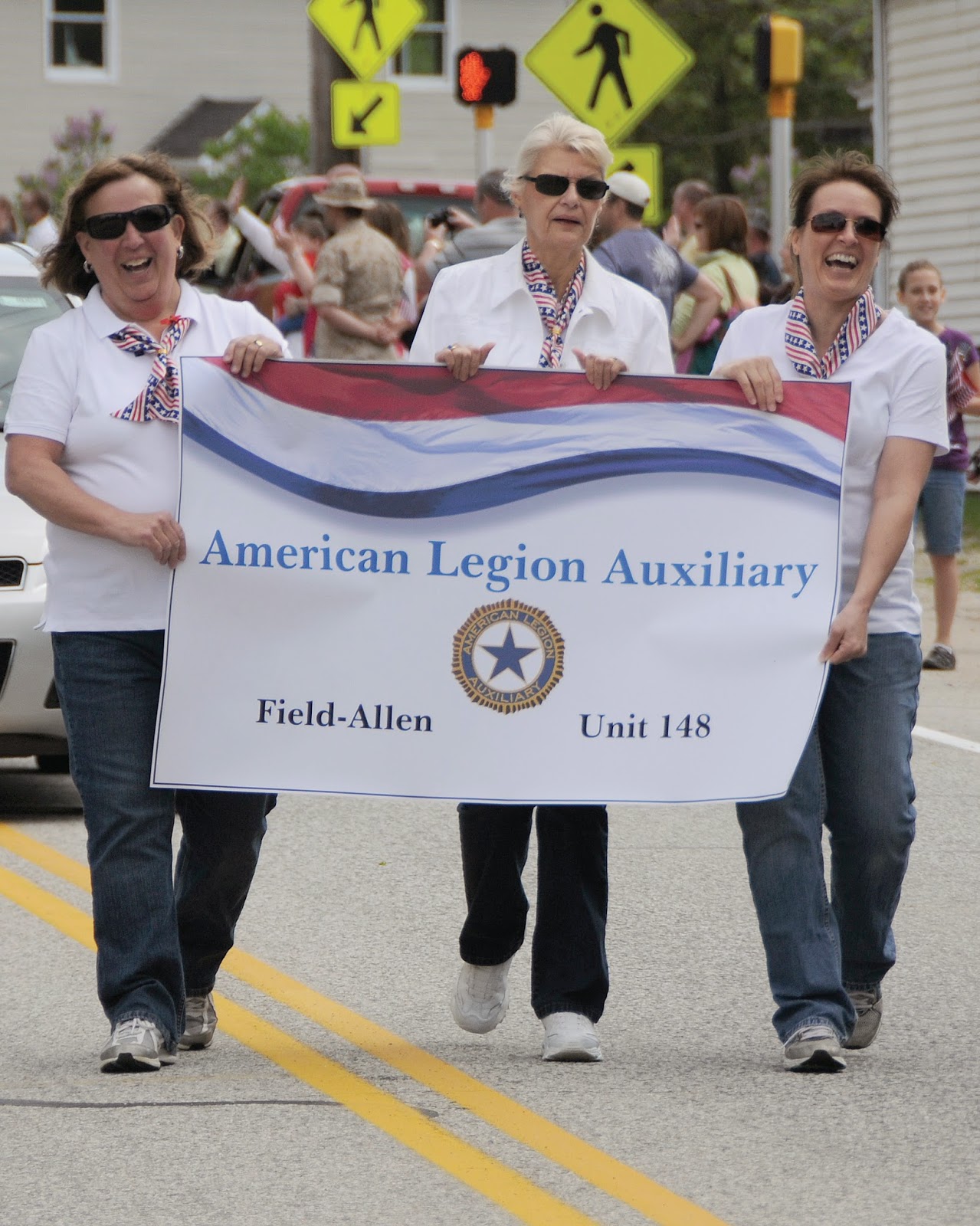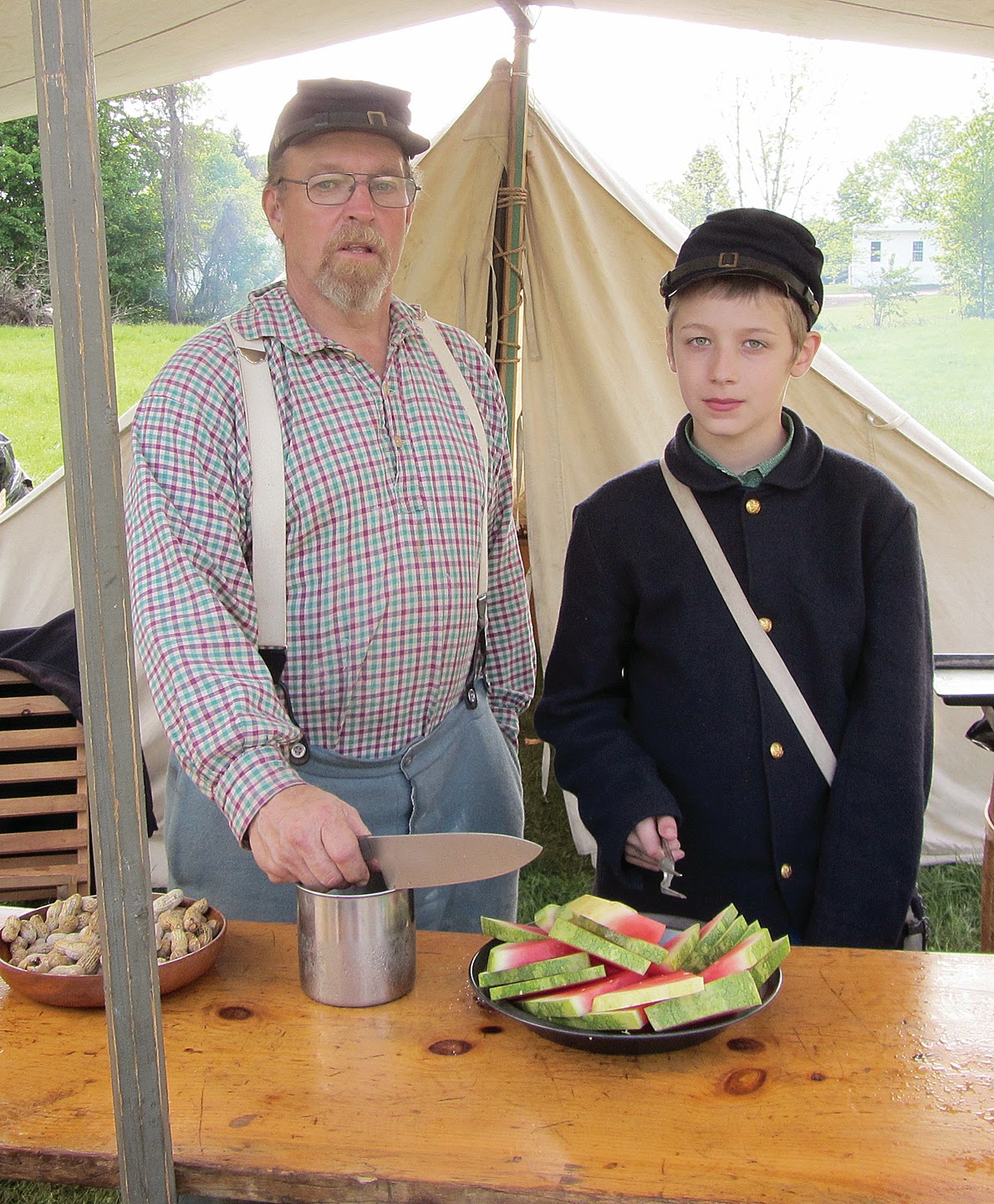In
a week, physical therapists at OA Center for Orthopaedics in Windham, Portland,
Saco and Brunswick will roll out a post-concussion therapy developed by staff
physical therapist Bob Cochrane of Windham and Dusty Hurd. The program will be
used on the 10 to 20 percent of concussed patients who do not get better after
three weeks of rest, often still have symptoms like dizziness, sensitivity to
light and slower reaction times.
“It’s
a misunderstood realm of medicine,” said Cochrane. “They are not visible with
any kind of scan or imaging.”
 Concussions
are caused by direct force trauma to the head. Most concussions resolve
themselves in seven to 10 days. However there are a small percentage of
patients who do not bounce back and need extra help.
Concussions
are caused by direct force trauma to the head. Most concussions resolve
themselves in seven to 10 days. However there are a small percentage of
patients who do not bounce back and need extra help.
According
to the CDC, 1.6 to 3.8 million sports-related concussions happen every year.
Thirty percent of all concussions are in athletes ages five to 19. There is
also an increased incidence rate among high school and college females who play
basketball and soccer.
Dr.
Jeffrey Bean sees close to 100 cases a year where a patient has a concussion.
Bean, a DO, has a relationship with Windham High School and is the doctor
students are referred to when they have a concussion.
“Windham
School system is ahead of the game for diagnosing and helping these kids in
school,” Bean said. His focus is on getting the patients healthier.
The
test used at Windham High School is an IMPACT test that measures brain function
and can signify cognitive issues rather than vestibular. “It’s a tool, but not
the only answer to get back to sports,” he said. Getting a student back to
class is more important to Bean.
More
attention has been given to concussions recently. The NFL has created a lot of
concern about the severity of concussions. There has been an increase in the
diagnosis of concussion recently. Cochrane said that it was because people know
what to look for. There’s no more just shaking it off and getting back out on
the field.
“People
are more aware of it…what to look for and potential ramifications long term,”
said Bean. Bean describes a concussion like micro damage to the brain and it’s
cumulative. It doesn’t repair itself.
“It’s
a brain injury,” Cochrane stated. “There’s a huge need. I thought I could
develop a program to get a lot of people better faster,” he said.
The
program was constructed painstakingly with research and evidence. The methods
used to evaluate and treat the individual with this program is what is best to
help them, Cochrane said.
One
part of the program deals with vestibular rehabilitation, which is part of the
inner ear that communicates with the brain to sense movement. Vestibular talks
to the eyes and the brain, but when that is off because of a concussion, it
causes dizziness and the patient feels like they’re in a fog.
The
second part of the program is to work with the cervicogenic system (the neck)
to help find new pathways to information a patient already knows. The third
part is heart rate progression. With the increase in heart rate, symptoms
usually increase in this population. Each time they get on a treadmill, they
are seeing how long it is before the onset of symptoms.
When
a client first come to OA, they are tested on their saccadic eye movement, are
given a full cervical exam and given a treadmill heart rate test. This will
give the physical therapists a baseline to work with.
After
a concussion, Bean recommends that patients limit the use of computers, the TV,
reading, texting and listening to loud music. Anything that stimulates the
brain should be avoided. Getting back to school work should be priority one.
This
concussion rehab is done on a case by case basis and all patients are given
homework, which will help speed their recovery.
Cochrane
has been experimenting using this program since November, with very good
results, he said. “It’s been overwhelmingly positive,” he said. One case he worked
with a man who was in a motor vehicle accident and he wasn’t getting better.
After two weeks working with Cochrane he was better and he was discharged after
three weeks.
Bean
said that all the people they work with will get better, and this will help
them get better faster. The program also works to increase and strengthen to
cervical spine, which will speed the recovery.
OA
treats concussions and a wide variety of sports related injuries including
casting broken bones and fitting athletes to new bicycles. For more about what
they offer, visit www.orthoassociates.com.
 The
rain stopped just in time for the Windham Memorial Day parade on Monday morning
and held off until the events were over at 2 p.m. Local Veterans and service
organizations gathered for the parade to honor those who have served their
country in the military. The parade traveled from the Windham Town Hall to the
memorial in front of Windham High School. Hundreds of people gathered to listen
to speeches given by Colonel Bob Akins and Senator Michael Michaud.
The
rain stopped just in time for the Windham Memorial Day parade on Monday morning
and held off until the events were over at 2 p.m. Local Veterans and service
organizations gathered for the parade to honor those who have served their
country in the military. The parade traveled from the Windham Town Hall to the
memorial in front of Windham High School. Hundreds of people gathered to listen
to speeches given by Colonel Bob Akins and Senator Michael Michaud.  The
parade and ceremony were attended by many Windham World War II Veterans. They were
John Cooper, Thomas Joyce, Patrick Lawler, Ralph McDonald, Carol McDonald, Bob
Meeley, Don Rogers, John Rollins, Leonard Sanborn, Fred Scott and Ira Lyman.
Out of the 100,000 WWII Veterans from Maine, only 8,160 remain, according to Brig.
Gen. Don McCormack, who acted as the master of ceremony and organized the
parade, which he has done for many years. The ceremony ended with the
destroying of old American flags and a 21-gun salute from the Third Maine Reenactment
detachment.
The
parade and ceremony were attended by many Windham World War II Veterans. They were
John Cooper, Thomas Joyce, Patrick Lawler, Ralph McDonald, Carol McDonald, Bob
Meeley, Don Rogers, John Rollins, Leonard Sanborn, Fred Scott and Ira Lyman.
Out of the 100,000 WWII Veterans from Maine, only 8,160 remain, according to Brig.
Gen. Don McCormack, who acted as the master of ceremony and organized the
parade, which he has done for many years. The ceremony ended with the
destroying of old American flags and a 21-gun salute from the Third Maine Reenactment
detachment.  “It
was a great day, filled with wonderful memories,” said American Legion Post 148
commander Mel Greenier.
“It
was a great day, filled with wonderful memories,” said American Legion Post 148
commander Mel Greenier. 












































